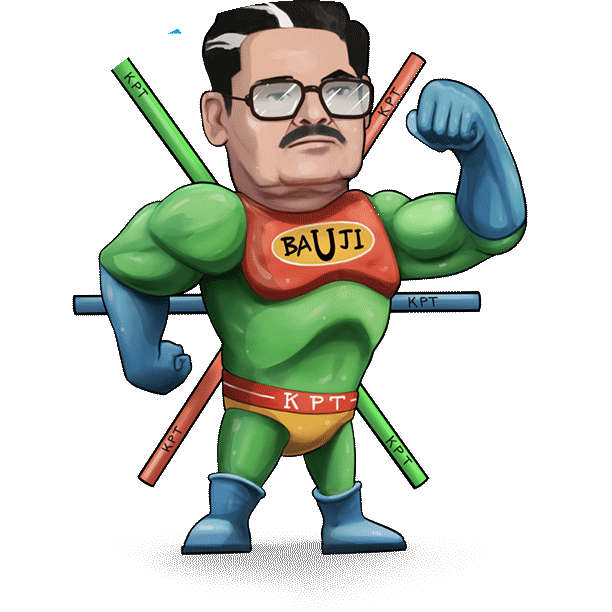Every facet of our infrastructure needs to embrace environmentally friendly practices in the quest for sustainable living. Plumbing, often overlooked in discussions about sustainability, plays a crucial role in this transformation. One of the standout innovations in eco-friendly plumbing is the adoption of PPR (Polypropylene Random Copolymer) pipes. These pipes are making waves in the industry due to their numerous environmental benefits, from reducing carbon footprints to enhancing energy efficiency. This blog delves into the eco-friendly advantages of PPR pipes and their role in advancing green plumbing solutions.
Table of Contents
ToggleWhat Are PPR Pipes?
PPR pipes are made from polypropylene, a type of plastic polymer known for its versatility and durability. Unlike traditional materials such as copper or PVC, PPR pipes offer a range of environmental benefits due to their unique properties. They are increasingly being used in residential, commercial, and industrial plumbing systems for their performance and sustainability.
1. Longevity and Durability
One of the most compelling environmental benefits of PPR pipes is their longevity. These pipes are highly resistant to corrosion, scaling, and degradation, which significantly extends their lifespan compared to traditional plumbing materials. Metal pipes, such as copper or galvanized steel, are prone to rust and corrosion over time, leading to frequent replacements. This not only increases material consumption but also results in more waste. PPR pipes, however, require minimal maintenance and replacement, reducing the overall demand for new materials and minimizing waste.
2. Energy Efficiency
PPR pipes excel in energy efficiency due to their low thermal conductivity. They help in maintaining the temperature of the water flowing through them, which means that less energy is needed to heat or cool the water. This characteristic is particularly beneficial in both residential and commercial settings. For instance, in hot water systems, PPR pipes reduce heat loss, leading to lower energy consumption and reduced heating costs. By optimizing energy use, PPR pipes contribute to lower greenhouse gas emissions associated with energy production.
3. Reduced Carbon Footprint
The production and installation of PPR pipes have a lower environmental impact compared to traditional plumbing materials. The manufacturing process for PPR pipes requires less energy and produces fewer greenhouse gases than the production of metal pipes. Additionally, PPR pipes are lightweight, which means they require less energy for transportation and handling. This reduced carbon footprint throughout their lifecycle aligns with broader efforts to minimize environmental impact and promote sustainability.
4. Recyclability and Waste Reduction
An essential aspect of eco-friendly plumbing is the ability to recycle materials. PPR pipes are fully recyclable, which means that at the end of their useful life, they can be processed and reused to create new products. This recycling capability reduces the need for virgin materials and helps manage waste more effectively. By incorporating recyclable materials, PPR pipes contribute to a circular economy, where resources are reused and repurposed rather than discarded.
5. Safety and Non-Toxicity
Health and safety are critical considerations in plumbing systems. Unlike some traditional materials, PPR pipes do not leach harmful chemicals or toxins into the water supply. This ensures that the water transported through these pipes remains clean and safe for consumption. The non-toxic nature of PPR pipes not only meets environmental standards but also protects public health, making them a safer choice for plumbing systems.
6. Minimal Maintenance and Chemical Use
PPR pipes’ resistance to corrosion and scale build-up translates to minimal maintenance requirements. Traditional plumbing systems often necessitate regular cleaning and chemical treatments to prevent clogs and degradation. In contrast, PPR pipes maintain their integrity with minimal upkeep, reducing the need for potentially harmful cleaning agents and conserving resources. This reduced dependency on maintenance chemicals further supports eco-friendly practices.
7. Efficient Resource Use
The production of PPR pipes is more resource-efficient compared to materials like metal or concrete. Polypropylene, the material used for PPR pipes, requires less energy and fewer raw materials during production. Additionally, because PPR pipes have a longer lifespan, fewer resources are consumed over their entire lifecycle. This efficient use of resources supports sustainable construction practices and aligns with global efforts to reduce environmental impact.
8. Contribution to Green Building Standards
PPR pipes align well with green building standards and certifications such as LEED (Leadership in Energy and Environmental Design). Their eco-friendly characteristics, including energy efficiency, recyclability, and reduced carbon footprint, meet the criteria for green building projects. By using PPR pipes, builders and property owners can achieve certifications and contribute to the development of sustainable and environmentally responsible buildings.
Conclusion
PPR pipes signify notable progress in environmentally sustainable plumbing technology. Their durability, energy efficiency, recyclability, and safety make them an excellent choice for sustainable plumbing systems. By adopting PPR pipes, individuals and organizations can reduce their environmental footprint, support green building practices, and contribute to a more sustainable future.
As we continue to seek solutions that align with our commitment to environmental stewardship, PPR pipes offer a practical and effective option for modern plumbing. Their benefits extend beyond performance, addressing critical aspects of sustainability and resource conservation. Embracing these innovative pipes is not just a choice for better plumbing but a step towards a greener and more sustainable world.
Frequently Asked Questions
Q1.How do PPR pipes compare to traditional plumbing materials in terms of environmental impact?
Ans: PPR pipes generally have a lower environmental impact compared to traditional materials like copper or galvanized steel. They are produced with less energy, have a longer lifespan, and are fully recyclable. Additionally, their lightweight characteristics contribute to a decrease in the energy needed for transportation. In contrast, traditional materials often require more energy for production and are prone to issues like corrosion, leading to more frequent replacements and increased waste.
Q2.Can PPR pipes be used in all types of plumbing systems?
Ans: Yes, PPR pipes are versatile and can be used in various plumbing systems, including residential, commercial, and industrial applications. They are suitable for both hot and cold water systems and offer benefits such as resistance to corrosion and scaling. However, it’s essential to ensure that PPR pipes meet the specific requirements of the plumbing system and are installed according to industry standards.
Q3.Are PPR pipes safe for drinking water systems?
Ans: Yes, PPR pipes are safe for drinking water systems. They do not leach harmful chemicals or toxins into the water, ensuring that the water remains clean and safe for consumption. The non-toxic nature of PPR pipes makes them a reliable choice for maintaining water quality in plumbing systems.



